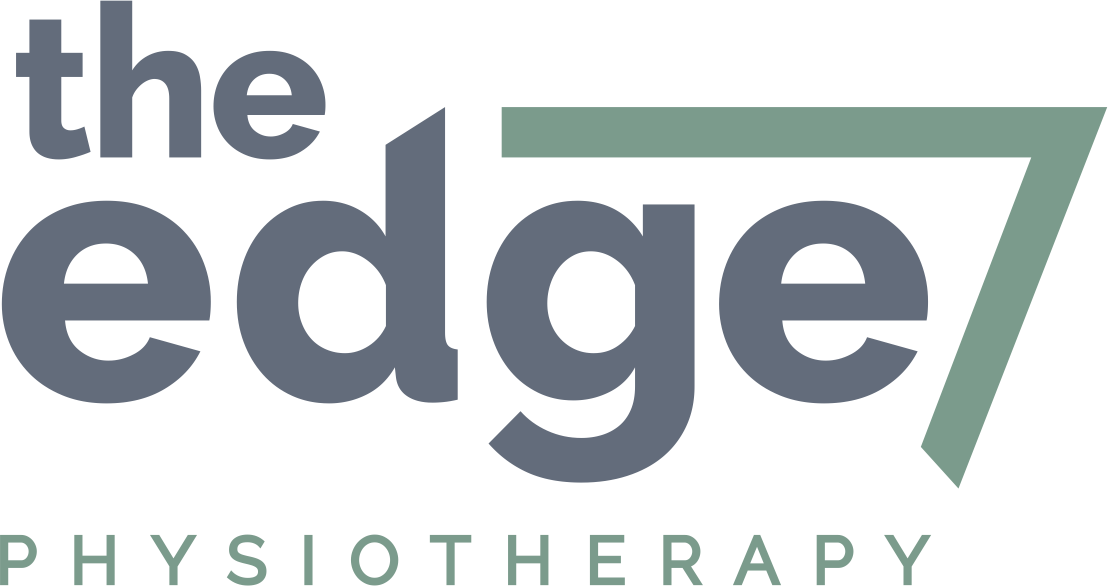Osteochondritis Dissecans
The Knee joint
Pain in children isn’t normal. I’ll say that another way … ongoing pain that doesn’t resolve is not normal in children. I have already written about pain and lower back pain in children in a previous post. But I hope the message has been sent, pain isn’t normal for children. They aren’t little adults, their tissue (bone, connective tissue, joints etc) is very different in composition, it’s ability to withstand force is different as well eg. avulsions vs fractures, and their ability heal is also very different. What goes for an adult eg. “I get low back pain, so does my kid, it’s normal for all of us” no it isn’t.
Today I wanted to discuss a less common, but not to be missed, condition in children called Osteochondritis Dissecans (OD). As the name suggests, Osteo (bone) chon (cartilage) itis (inflammation), it is a condition where, due to poor blood supply, the subchondral bone and cartilage that lines a bone essentially dies. It is a lesion of sorts, if it helps you a fracture, found most commonly in children (can also be seen in adults) in the elbows and knees and is graded in terms of severity into 4 stages based on how affected the cartilage is.
Symptoms of this condition can include:
varying degrees of pain severity
vague pain (can’t pinpoint it); night pain
weight bearing activities irritate symptoms (running or even walking if it’s very irritable)
joint effusion (swelling in the joint)
sometimes catching in the knee (usually if there is a boney fragment catching in the joint)
gait abnormalities in chronic cases
quadriceps atrophy
sometimes knee instability
stiffness
OD is an idiopathic condition, meaning that we don’t know why this condition occurs, but there are risk factors that we see most commonly in patients:
repetitive micro trauma from high participation in sport (see my blog on guidelines for sport in children)
direct trauma
genetics
growth disorders
hereditary factors
The gold standard for diagnosis of OD is an MRI and an x-ray is also useful. We recommend an orthopaedic review as well … it is an absolute must in terms of managing this condition.
Treatment is dependent on the stage of the lesion/s. A conservative approach with altered weight bearing, bracing, NSAIDs etc can be used in the minor grades, but once it becomes more severe or conservative management has failed, surgery is usually opted for. I won’t go into more detail here because it isn’t my field of expertise. Safe to say, if this is your child’s diagnosis they should see a paediatric orthopaedic surgeon for further management. As physiotherapists we get involved either at the early phase (diagnosis - then you see an orthopaedic surgeon) or the later stages (post op or when they are allowed to return to activity).
So there it is, another condition that we need to be mindful of when conservative management of our young patients doesn’t improve, or when our child’s knee or elbow pain doesn’t go away.
If you have any questions regarding this post reach out to us via our social media platforms.
Sam and Andy

